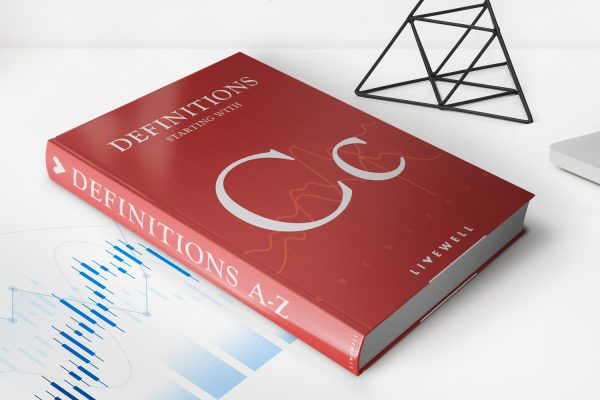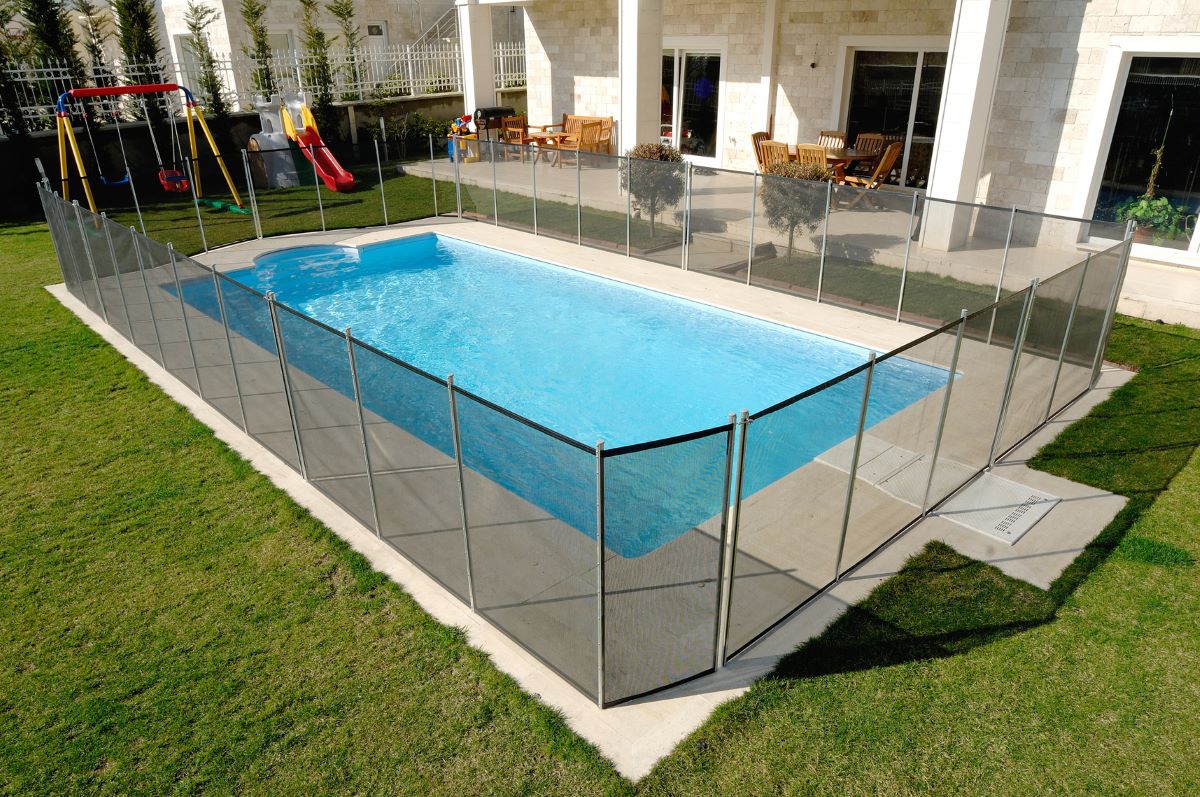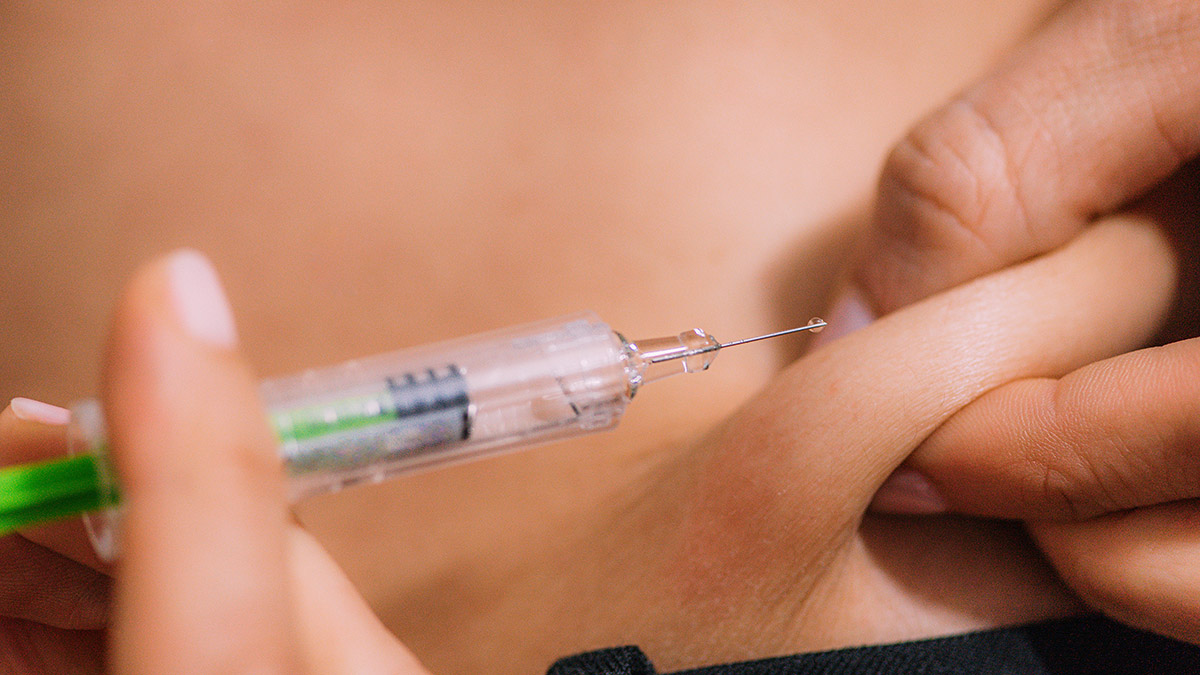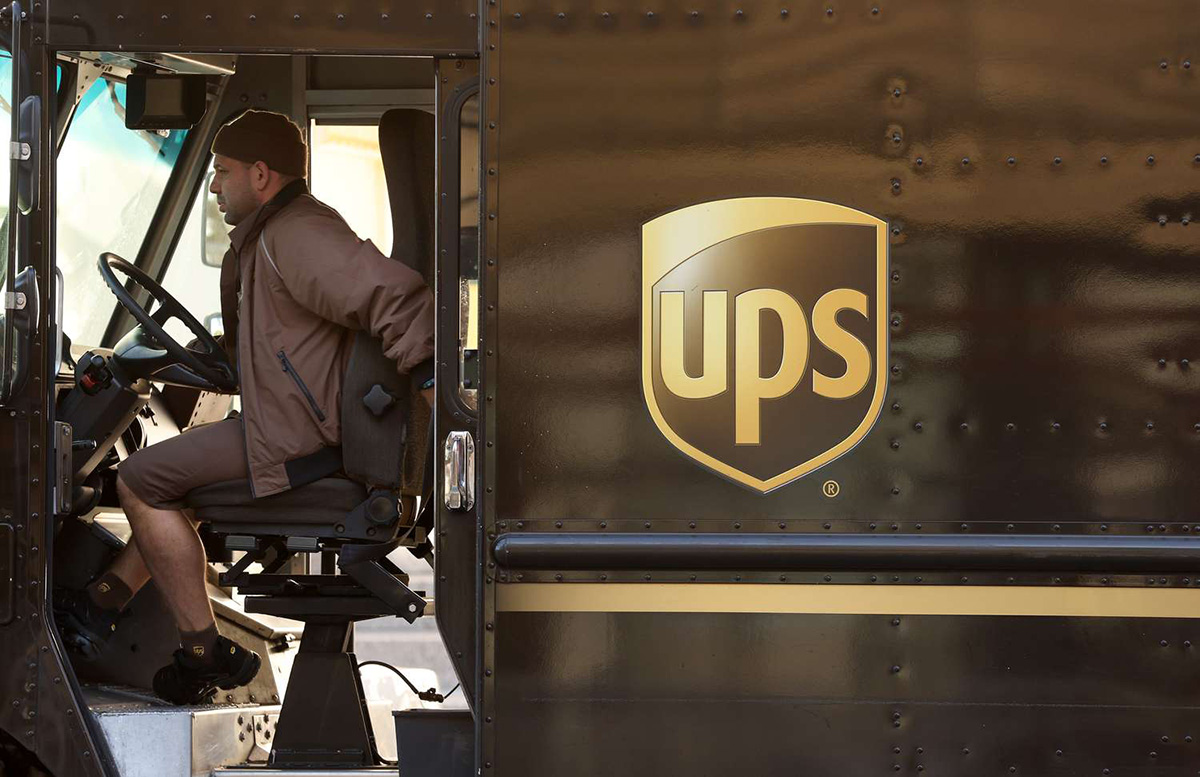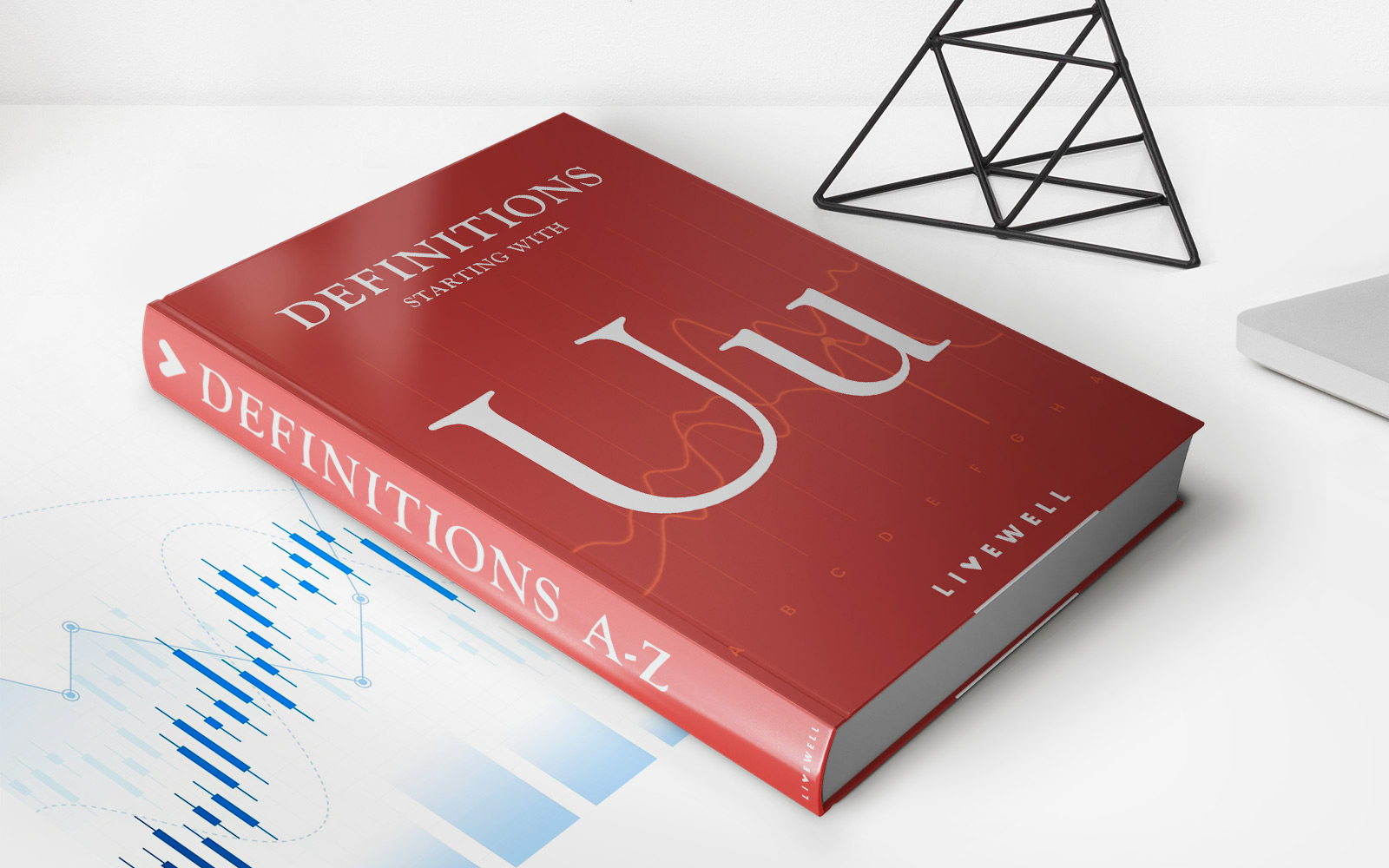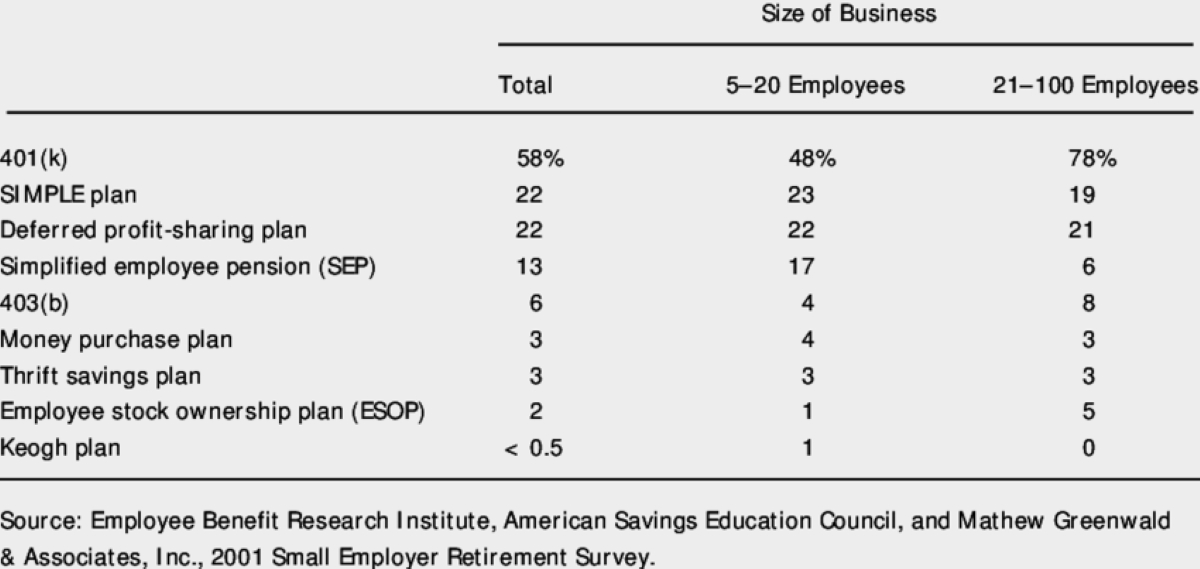Home>Finance>How Much Does Commercial Property Insurance Cost?


Finance
How Much Does Commercial Property Insurance Cost?
Published: January 22, 2024
Get the latest insights on commercial property insurance costs. Learn how to manage your finances and protect your investments.
(Many of the links in this article redirect to a specific reviewed product. Your purchase of these products through affiliate links helps to generate commission for LiveWell, at no extra cost. Learn more)
Table of Contents
Introduction
Commercial property insurance is a crucial safeguard for businesses, providing financial protection against unforeseen events that could damage or destroy physical assets. Whether you own a small retail store, a large office building, or a manufacturing facility, insuring your commercial property is essential for mitigating risks and ensuring business continuity. Understanding the cost factors and average expenses associated with commercial property insurance is vital for making informed decisions as a business owner.
In this article, we will delve into the intricacies of commercial property insurance costs, exploring the various factors that influence pricing and providing valuable insights into managing and reducing insurance expenses. By gaining a comprehensive understanding of these aspects, business owners and entrepreneurs can make well-informed choices regarding their insurance needs, ultimately protecting their assets and bottom line.
Commercial property insurance not only covers the physical structure of a business but also extends to the contents within the premises, including equipment, inventory, and furniture. Moreover, it offers protection against a wide range of perils, such as fire, theft, vandalism, and natural disasters, ensuring that businesses can recover and rebuild in the event of unforeseen damages.
As a business owner, it's essential to recognize that the cost of commercial property insurance can vary significantly based on several factors, including the size and location of the property, the specific industry, the value of assets being insured, and the chosen coverage limits. By exploring these factors in detail, we can gain a deeper understanding of the dynamics that shape commercial property insurance costs, empowering businesses to make informed decisions and secure adequate protection for their assets.
Factors Affecting Commercial Property Insurance Costs
Several key factors influence the cost of commercial property insurance, reflecting the unique characteristics and risk profiles of each business. Understanding these factors is crucial for businesses seeking to manage insurance expenses effectively while ensuring comprehensive coverage. Here are the primary elements that can impact commercial property insurance costs:
- Property Value and Location: The location of the property and its replacement value significantly influence insurance premiums. Properties located in areas prone to natural disasters or with higher crime rates may incur higher insurance costs due to increased risk exposure.
- Property Type and Usage: The type of commercial property and its usage also play a significant role in determining insurance costs. For instance, a manufacturing facility may face higher risks than a standard office building, resulting in varied insurance premiums.
- Security Measures: The security features and risk mitigation measures implemented within the property, such as alarm systems, surveillance cameras, and security personnel, can impact insurance costs. Enhanced security measures may lead to lower premiums by reducing the likelihood of theft or vandalism.
- Claims History: A business’s previous claims history can influence insurance costs. A higher frequency of past claims may lead to increased premiums, as it suggests a greater likelihood of future claims.
- Business Interruption Coverage: Including business interruption coverage in a commercial property insurance policy can affect costs. This coverage, which provides financial support in the event of a temporary business shutdown due to covered perils, adds to the overall insurance expenses.
- Deductibles and Coverage Limits: The chosen deductible amount and coverage limits directly impact insurance premiums. Opting for higher deductibles and lower coverage limits can reduce upfront costs but may result in higher out-of-pocket expenses in the event of a claim.
By considering these factors, businesses can gain insight into the dynamics of commercial property insurance costs and make informed decisions to optimize their insurance coverage while managing expenses effectively.
Average Cost of Commercial Property Insurance
The average cost of commercial property insurance can vary widely based on several variables, making it essential for business owners to assess their specific needs and risk factors. On average, small businesses in the United States can expect to pay between $500 and $3,000 per year for commercial property insurance. However, it’s important to note that these figures are indicative and can fluctuate significantly based on individual circumstances.
Factors such as the size and location of the property, the industry, the property’s age and condition, and the chosen coverage limits all contribute to the variability in insurance costs. Additionally, the specific perils covered by the policy, such as fire, theft, vandalism, and natural disasters, can impact premiums. Properties located in regions prone to severe weather events or high crime rates may incur higher insurance expenses due to increased risk exposure.
It’s important for business owners to work closely with insurance professionals to assess their unique risk profiles and determine the most suitable coverage options. By obtaining tailored quotes from multiple insurers and comparing coverage features and premiums, businesses can make informed decisions regarding their commercial property insurance needs.
While the average cost provides a general benchmark, it’s crucial for businesses to consider the value of their assets and the potential financial impact of property damage or loss. Investing in comprehensive coverage tailored to specific risk factors can provide invaluable protection and peace of mind, ensuring that businesses are well-equipped to handle unforeseen challenges.
How to Lower Commercial Property Insurance Costs
While commercial property insurance is essential for protecting business assets, there are several proactive strategies that business owners can employ to lower insurance costs without compromising on coverage. By implementing risk management measures and leveraging available resources, businesses can effectively manage insurance expenses. Here are key approaches to reducing commercial property insurance costs:
- Enhance Security Measures: Installing robust security systems, including alarms, surveillance cameras, and access controls, can mitigate the risk of theft and vandalism, potentially leading to lower insurance premiums. Demonstrating a commitment to safeguarding the property can positively impact insurance costs.
- Maintain a Safe Environment: Regular maintenance of the property, including structural upkeep, electrical system inspections, and fire safety measures, can minimize the risk of accidents and damage. By prioritizing safety, businesses may qualify for lower insurance rates.
- Review and Update Coverage Regularly: As business operations evolve and property values change, it’s essential to review and update insurance coverage regularly. Ensuring that coverage aligns with current asset values and risk factors can prevent overpaying for unnecessary coverage while maintaining adequate protection.
- Implement Risk Management Practices: Developing and implementing comprehensive risk management practices, such as disaster preparedness plans and employee safety protocols, can demonstrate a proactive approach to risk mitigation. Insurers may offer incentives or discounts for businesses with robust risk management strategies in place.
- Bundle Policies: Consolidating various insurance policies, such as commercial property, liability, and business interruption coverage, with a single insurer can often result in cost savings through multi-policy discounts.
- Opt for Higher Deductibles: Choosing higher deductibles can lead to lower insurance premiums, provided that the business can comfortably cover the deductible amount in the event of a claim. This approach can result in upfront cost savings while maintaining essential coverage.
- Seek Professional Guidance: Collaborating with experienced insurance professionals or brokers can help businesses navigate the complexities of commercial property insurance, identify cost-saving opportunities, and secure tailored coverage at competitive rates.
By adopting these proactive measures and exploring cost-saving opportunities, businesses can effectively lower their commercial property insurance costs while fortifying their risk management strategies. Prioritizing safety, comprehensive coverage, and prudent risk management can lead to long-term savings and enhanced resilience against potential perils.
Conclusion
Commercial property insurance serves as a vital safeguard for businesses, offering financial protection against unforeseen damages and ensuring operational continuity in the face of adversity. Understanding the intricacies of commercial property insurance costs is essential for business owners, enabling them to make informed decisions that balance comprehensive coverage with effective cost management.
By exploring the factors that influence insurance costs, businesses can gain valuable insights into the dynamic nature of pricing and the various risk considerations that underpin commercial property insurance. From property value and location to security measures and claims history, these factors collectively shape insurance expenses, highlighting the importance of tailored coverage that aligns with specific risk profiles.
While the average cost of commercial property insurance provides a general benchmark, it’s crucial for businesses to assess their unique risk factors and asset values to determine the most suitable coverage options. By collaborating with insurance professionals and leveraging risk management strategies, businesses can effectively lower insurance costs without compromising on essential protection.
Ultimately, proactive measures such as enhancing security, maintaining a safe environment, and regularly reviewing coverage can contribute to cost savings while bolstering resilience against potential perils. By prioritizing risk management and exploring cost-saving opportunities, businesses can fortify their insurance strategies, ensuring that their commercial properties are well-protected without incurring unnecessary expenses.
As businesses navigate the complexities of commercial property insurance, leveraging available resources and seeking professional guidance can empower them to make strategic decisions that optimize coverage and manage costs effectively. By embracing a proactive and informed approach to insurance, businesses can fortify their resilience and safeguard their assets against unforeseen challenges, ultimately contributing to long-term stability and continuity.

